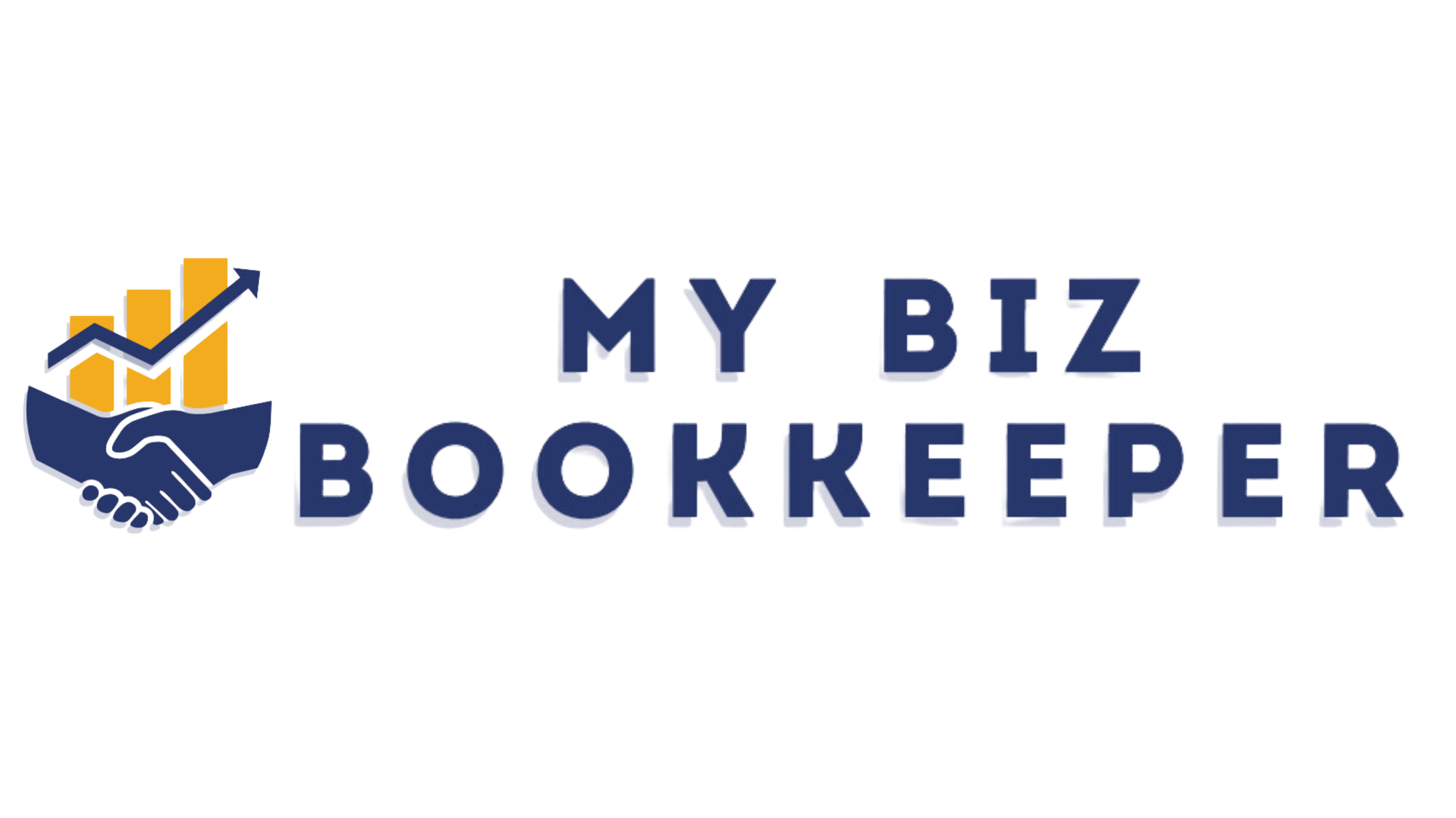Managing Accounts Receivable | Reducing Late Payments and Improving Cash Flow

For businesses of all sizes, maintaining healthy cash flow depends significantly on how effectively you manage accounts receivable. Late payments can create ripple effects throughout your operations, limiting growth opportunities and creating unnecessary financial stress. This guide explores practical strategies to minimize payment delays and establish systems that keep your cash flowing predictably.
Understanding the Impact of Late Payments
Before implementing solutions, it's important to recognize the true cost of delayed payments:
- Restricted working capital for daily operations
- Limited ability to invest in growth opportunities
- Increased administrative costs for payment follow-up
- Higher borrowing needs (and associated interest costs)
- Strained relationships with suppliers if your own payments are delayed
Strategic Invoice Timing and Design
Your invoicing practices significantly influence payment behavior:
- Immediate Invoicing: Send invoices promptly after delivering products or services while your value is still fresh in the client's mind.
- Strategic Timing: Research shows invoices sent early in the week (Monday or Tuesday) and early in the day tend to be paid faster.
- Invoice Design Optimization:
- Use clear, bold payment terms and due dates
- Highlight the total amount due prominently
- Include all payment options directly on the invoice
- Ensure your payment details are accurate and complete
- Use color to highlight critical information
- Detailed Descriptions: Include specific service/product descriptions that align with the client's internal approval language to prevent confusion and delays.
Effective Payment Terms and Policies
Well-crafted payment terms set clear expectations:
- Shorter Payment Windows: Consider moving from net-30 to net-15 or net-10 terms where appropriate.
- Clear Late Payment Consequences: Establish and communicate late fees or interest charges (ensure these comply with relevant regulations).
- Partial Payment Requirements: For larger projects, implement milestone payments or deposits to maintain cash flow throughout the project.
- Payment Term Consistency: Apply your terms consistently to avoid confusion and establish clear expectations.
- Client-Specific Terms: Consider customizing payment terms based on client payment history and relationship value.
Incentivizing Prompt Payment
Positive reinforcement can be more effective than penalties:
- Early Payment Discounts: Offer small discounts (1-2%) for payments received within a shorter timeframe (e.g., within 10 days).
- Loyalty Programs: Develop programs that reward consistent on-time payment with benefits like priority service or complementary add-ons.
- Subscription Models: When possible, transition clients to subscription or retainer models with automatic payments.
- Volume Discounts Tied to Payment History: Link volume discount eligibility to consistent on-time payment.
Streamlining the Payment Process
Make it as easy as possible for clients to pay you:
- Multiple Payment Options: Offer various payment methods including credit/debit cards, ACH transfers, and digital payment platforms.
- Online Payment Portals: Implement client portals for convenient invoice access and payment.
- Automated Payment Systems: Set up recurring billing and automatic payment options for regular clients.
- Mobile Payment Capabilities: Ensure your invoices can be viewed and paid easily on mobile devices.
- One-Click Payment Options: Implement solutions that allow clients to pay with minimal steps.
Recommended Software Solutions for Payment Processing
For small business owners looking to implement these payment streamlining strategies, click the links below to explore these options:
- FreshBooks: Offers beautiful invoice templates, automatic payment reminders, and multiple payment options. Particularly well-suited for service-based small businesses and freelancers.
- QuickBooks Online: Provides comprehensive payment processing options with extensive accounting integration. Its widespread use means your accountant is likely already familiar with it.
- Zoho Books: Delivers powerful automation for payment reminders and simplified recurring billing at a cost-effective price point.
- Invoiced: Specializes in accounts receivable automation with advanced features for collections and multiple payment channel management.
- Melio: Offers a user-friendly interface specifically designed for small businesses that need straightforward payment processing options.
Systematic Follow-up Procedures
Develop a consistent approach to payment follow-up:
- Automated Reminders: Schedule automatic reminders before and after due dates (typically 7 days before, on the due date, and 7, 14, and 30 days after).
- Multi-Channel Communication: Use email, phone, and messaging platforms strategically based on client preferences and payment lateness.
- Escalation Protocol: Establish a clear process for escalating collection efforts with specific triggers and actions.
- Follow-up Templates: Develop standardized but personalized templates for different stages of follow-up to ensure consistency and save time.
- Contact Strategy: Identify the appropriate financial contacts within client organizations to ensure invoices reach the right person.
Building Effective Tracking Systems
Monitor your accounts receivable systematically:
- Aging Reports: Regularly review aging reports categorized by 0-30, 31-60, 61-90, and 90+ days.
- Client Payment Profiles: Maintain historical payment data for each client to identify patterns and tailor approaches accordingly.
- Key Performance Indicators: Track the following critical metrics:
- Days Sales Outstanding (DSO)
Formula: DSO = (Accounts Receivable / Net Credit Sales) × Number of Days in Period
Measures how long it takes on average to collect payment after a sale.
Example: If your DSO is 45 days but your standard payment terms are net-30, this indicates customers are paying, on average, 15 days late. - Collection Effectiveness Index (CEI)
Formula: CEI = [(Beginning AR + Monthly Credit Sales - Ending Total AR) / (Beginning AR + Monthly Credit Sales - Ending Current AR)] × 100
Measures what percentage of receivables you're successfully collecting.
Example: A CEI of 80% is generally considered good, indicating you're successfully collecting 80% of receivables within their expected timeframes. - Average Days Delinquent (ADD)
Formula: ADD = DSO - Best Possible DSO
where Best Possible DSO = (Current AR / Net Credit Sales) × Number of Days
Measures how many days beyond the due date customers typically pay
Example: If your ADD is 12 days, customers are paying an average of 12 days after the invoice due date.
- Days Sales Outstanding (DSO)
- Cash Flow Forecasting: Develop models that account for historical payment patterns to predict cash availability.
- Regular Review Meetings: Schedule weekly team meetings to review outstanding invoices and coordinate follow-up actions.
Leveraging Technology Solutions
Modern tools can significantly improve accounts receivable management:
- Accounting Software Integration: Ensure your invoicing system integrates with your accounting platform for real-time visibility.
- Automated Invoicing Systems: Implement solutions that automate creation and delivery of recurring invoices.
- Payment Processing Integration: Connect your invoicing system directly with payment processing to minimize delays.
- Accounts Receivable Dashboards: Use visual dashboards to monitor key metrics and payment status at a glance.
- CRM Integration: Link your accounts receivable data with your customer relationship management system to provide sales and account teams with payment visibility.
Recommended Software for Comprehensive AR Management
For small businesses looking to leverage technology for improved accounts receivable management, click the links below to review these comprehensive options:
- Bill.com: Offers strong automation for both accounts receivable and accounts payable processes with excellent integration capabilities.
- Chaser: Specializes in automating the collections process with personalized, customizable payment reminders that maintain positive customer relationships.
- Tesorio: Features AI-powered accounts receivable management that provides predictive analytics to optimize collection strategies.
- Quadient Accounts Receivable (YayPay): Delivers strong automation capabilities with predictive analytics to enhance cash flow management.
- Lockstep: Automates the collections process with personalized follow-up communications and convenient payment portals for clients.
These solutions range from entry-level options suitable for very small businesses to more robust platforms that can scale with your company's growth. Most offer tiered pricing structures, so you can start with basic features and expand as your needs evolve.
Building Client Relationships That Promote Prompt Payment
The client relationship itself can influence payment behavior:
- Clear Communication: Discuss payment expectations before beginning work and throughout the relationship.
- Regular Check-ins: Maintain consistent communication beyond just payment requests.
- Value Reinforcement: Regularly remind clients of the value and results you're providing.
- Problem Resolution: Address service issues promptly to remove potential justifications for delayed payment.
- Strategic Account Management: Assign dedicated contacts to valuable clients to strengthen relationships and facilitate payment discussions.
When to Consider Financing Options
Sometimes external solutions can help manage cash flow:
- Invoice Factoring: Selling outstanding invoices to a third party at a discount for immediate cash.
- Invoice Financing: Using outstanding invoices as collateral for short-term loans.
- Supply Chain Financing: Working with larger clients who offer early payment through third-party financing.
- Line of Credit: Establishing credit resources specifically for managing seasonal or periodic cash flow gaps.
Dealing with Chronically Late Payers
For persistent payment issues:
- Client Review Process: Regularly evaluate client profitability including the administrative costs of collection.
- Revised Terms: Implement stricter payment terms for consistently late clients, potentially including upfront payments.
- Strategic Conversations: Have direct discussions about payment expectations and the mutual benefits of timely payment.
- Service Pauses: Consider temporarily pausing services until payment patterns improve.
- Relationship Termination: In extreme cases, be prepared to end client relationships that consistently harm your cash flow.
Conclusion
Effective accounts receivable management requires both systematic processes and thoughtful client relationship strategies. By implementing clear invoicing practices, streamlined payment options, consistent follow-up procedures, and robust tracking systems, you can significantly reduce late payments and improve your overall cash flow. Remember that the goal is not just collecting what's owed, but creating a sustainable payment ecosystem that supports both your business and client relationships.
📞 Call: (214) 306-7850 📧 Email: hello@mybizbookkeeper.com





